If I recall rightly, there are 28 basic pawn structures from openings, all fluid and changing to at least some degree during the course of a game…
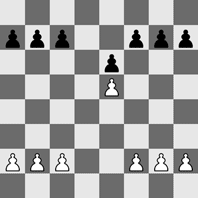
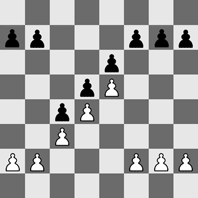
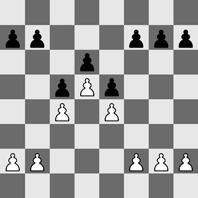
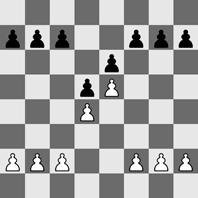
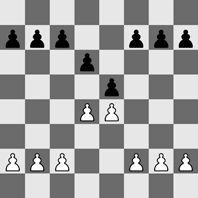
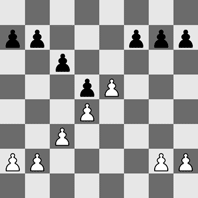
Here’s a link to the formations print-out
Can you say ‘ouch’? Sure, I knew you could. And then there are basic ideas like ‘islands’ and ‘chains’ and 9 billion endgame pawn patterns, most of which live in books with kings, rooks, minor pieces – in short, every combination you can imagine.
O, did I forget to mention dynamic middle game ideas like pawn sacrifices, battering rams, color complexes, doubled pawns, isolated pawns, the isolated queen pawn… ?Heck, somewhere there is probably a ‘doubled isolated queen pawn.’
OK – That’s tonight’s lecture! G-night and good luck with that! A ha, a ha ha ha. Funny, yeah.
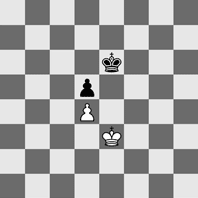
Our moment of humor: Frank Marshall – Pawn Pusher
Practical considerations are our key for club play and improvements, so let’s look at a couple of very basic ideas about pawn structures in middle games.
‘The Hole and Outpost’
In the first example, notice what happens to black’s central pawns on the next move:
And yet in the next game the super-knight on d5 isn’t worth a tinker’s damn! (Magnus Carlsen is black.) And no – I would not have wanted to play black in such a position, but Carlsen shows how to work around a big problem.
And of course, this is just one pattern among zillions… So really, how can you learn all that stuff if all you wanna do is play for fun? Yes, Herr Doctor Professor Walker has a plan. Thus, my favorite quote from ‘The Hunt for Red October’:
“Russians don’t take a dump, son, without a plan.”
So – what’s the Plan? Well, let’s start with ‘have fun!’ Here are some positions to play with… The rules are ‘white moves first, 2 squares on first move and en passant are allowed and if you can’t move you lose.’
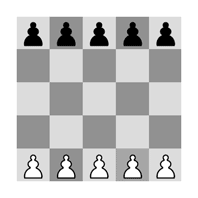
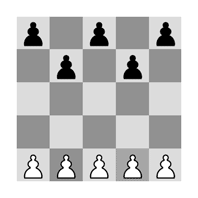
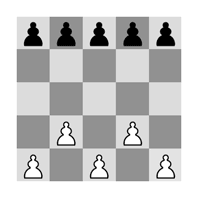
It should be quickly obvious that the second game is pointless – black is doomed. But what about the third one??
And let’s look at a few variations… in these the idea is for white to stop or capture as many pawns as possible.
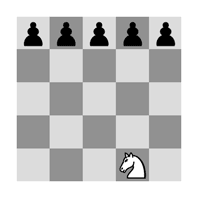
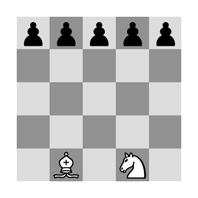
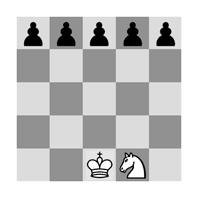
And my real ongoing ‘plan’ for us to learn about pawns is to go pair up and play chess some more – for fun! But now, instead of just making some moves, think about the pawn structure, with this rule: whoever you are playing with, agree to stop and talk about the pawns every few moves. Just talk about the game together. Even switch places!! The goal is to look at positions and just *see* the pawns as structures, as tools for offense or defense, as supports for or blockades of the pieces and – of course – as potential queens!
